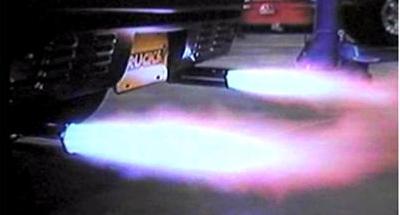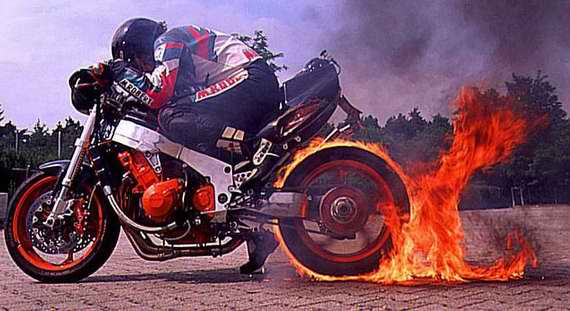
http://www.canadiantire.ca/AST/ResearchCentre/WinterFunctionalTires.jsp

There are some very simple formulas we should go over dealing with compression, combustion, torque and rotation.
The principle physics behind any rotating internal combustion engine is that if you put a tiny amount of fuel in a small enclosed space and ignite it, then a huge amount of energy is released in the form of expanding gas.
As the gas expands it wants to escape and create a greater volume, so in turn it pushes the piston down the cylinder. Usually 4-6 cylinders work together to turn the camshaft which eventually moves the tires after a series of gears and clutches.
Horsepower (how many ponies)
- Power, which is the rate of doing work is depended on torque and RPM ( rotations per minute of the engine)
- Torque and RPM are measurable quantities of your engines output
- Power, or horsepower is calculated from the torque and RPM's of the engine
An engine creates power or horsepower by providing a rotation shaft that can exert a given amount torque. The amount of toque varies with the engine size and RPM.
Torque ie; a measure of how much of a force acting upon an object causes it to rotate. (pound foot)
- The object will rotate around an axis or pivot point
- The distance the force acts from the axis is the moment arm
- Torque is the cross product of the distance vector and the force vector T
Torque = rFsin(Theta)

BurnOut
